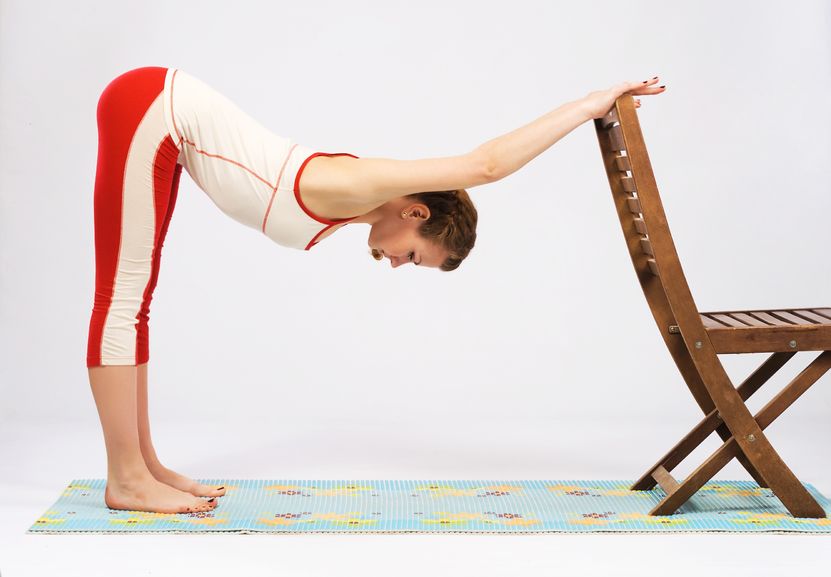This test is run by .
Note that your final mark will not be saved in the system.
Note that your final mark will not be saved in the system.
1.2.b. Preparation and training methods (flexibility training) Typeit
Target Level
C
Running Total
0
0%
Attempt
1 of 3
Type the correct answers into the spaces. Fill all the spaces before clicking ‘Check Answers!’

Flexibility is the range of available at a joint. It is an important component of fitness due its ability to better protect against sprains, strains and muscle tears, allowing the performer to be confident in attempting sporting actions without fear of getting injured.
There are two main types of flexibility:
1. flexibility – The range of motion that can be maintained when holding a still body position. This can be further split into:
- flexibility involves the individual being in control of their movement. This is encompassed by all stretching activities that are held in position only by using an individual's own body, such as stretching of the hamstrings by touching the toes, keeping the legs straight.
- flexibility involves external assistance helping the individual through their movement. This includes the use of apparatus such as resistance bands or enabling the individual to balance by another person supporting their body weight.
There are four main factors that affect an individual's flexibility:
- Joint type – The type of joint can determine the level of flexibility, due to the variety of movements available at each type. For example, a joint allows a greater range of motion due to the variety of movements that it can perform in all three movement planes. This is in contrast to a/an joint, which restricts the amount of motion due to this type of joint only allowing movement in the frontal plane.
- of surrounding connective tissue – The surrounding connective tissue of a muscle includes and tendons. These have an important effect on the flexibility of that muscle due to the resistance of muscle lengthening which is activated by the Golgi tendon organ under high tension. The longer the surrounding connective tissue, the greater the flexibility of a joint, as longer connective tissue, along with longer muscles, acts to increase muscle , overcoming the greater muscle stiffness at shorter tissue lengths.
- Age – As age increases, flexibility . This is mainly due to direct reductions in the elasticity of muscles, tendons and ligaments from childhood all the way through to adulthood. Another possible reason for this is the decline in physical fitness in older adults, which tends to be correlated with lower levels of physical activity and thus increases in body fat. Body fat negatively affects flexibility as it is obstructive to the range of motion available at a joint.
- Gender – Females tend to be flexible than males. This can be attributed to circulating hormones exclusive to females, such as , which increases the elasticity of muscles. Greater elasticity of the muscles surrounding the lumbar spine (lower back) contributes to a significant difference between males and females, as the lumbar spine is located at the centre of all limb movements.
Other factors could include:
- – Plays a major role in the physiological make-up of an individual
- Skin elasticity – Impairs flexibility, e.g. from rapid weight loss
- Soft- injury – Strains, sprains, and muscle tears all reduce the flexibility around a joint
- Training – Acute effects of the pulse-raiser component of a warm-up contribute to an increase in muscle temperature, which has a direct effect on muscle elasticity. Chronic effects of training result in muscular and metabolic adaptations that assist flexibility, some of which are discussed above.